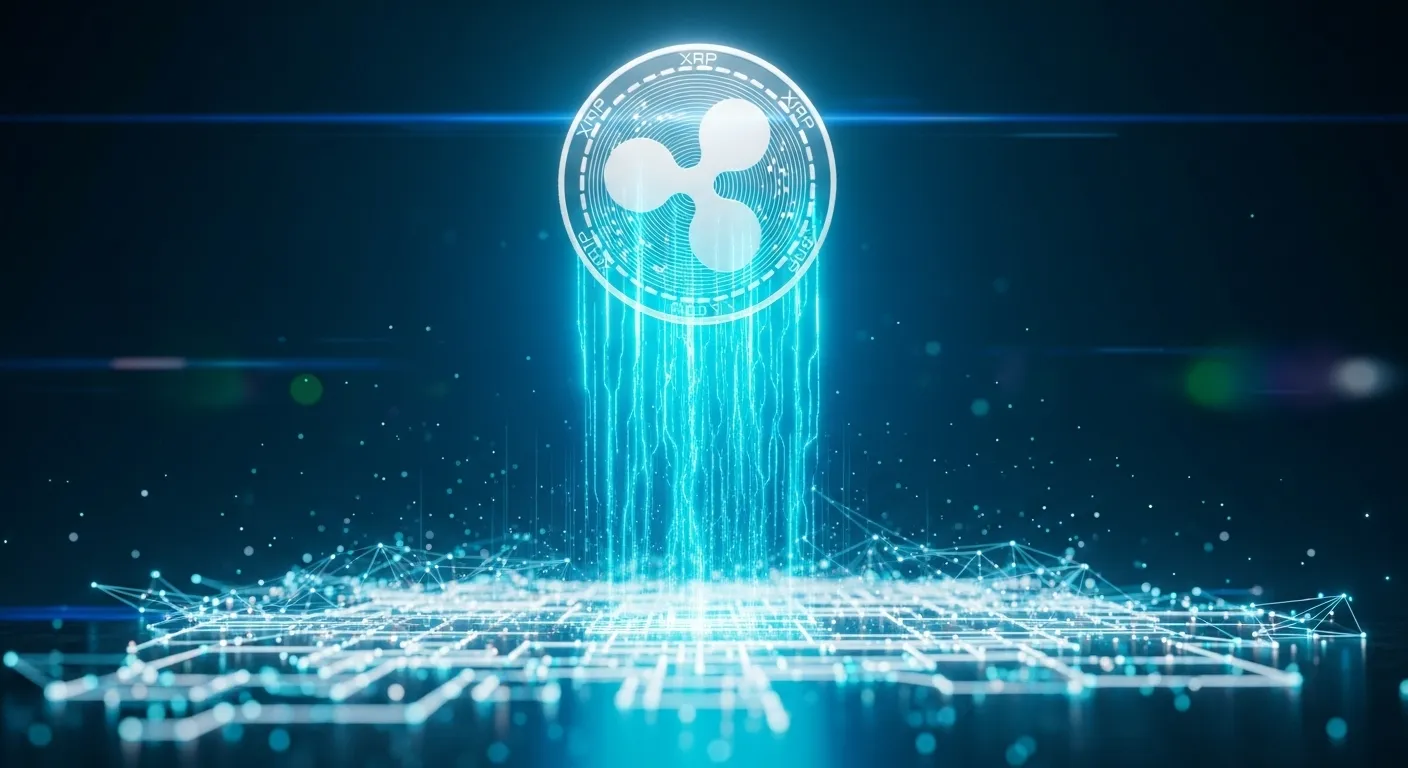Regulation and XRP: How Legal Clarity Could Redefine Cross-Border Payments
Imagine a high-performance, cutting-edge racecar, engineered for unprecedented speed and efficiency, but it’s permanently stuck in the pit lane. The only reason it can't race is the lack of a clear, legally recognized title that permits it on the track. This scenario perfectly mirrors the ongoing situation with XRP and its pivotal legal battles, particularly the high-profile case involving the U.S. Securities and Exchange Commission (SEC). This saga is more than just a legal dispute; it's a defining moment for the entire cryptocurrency industry, holding the keys to the future of global cross-border transactions. The outcome of this pursuit for legal clarity will not only dictate XRP's market valuation but potentially reshape how trillions of dollars are moved across international lines.
The Crucial Need for Legal Clarity
At the core of the legal controversy is the fundamental question of classification: Is XRP a security an investment contract subject to stringent securities laws or is it a currency or a commodity, like Bitcoin or Ethereum (as typically viewed outside of the Ripple case)? If regulatory bodies, especially in the major global economies, definitively label XRP as a security, it would severely limit its utility for large financial institutions. Securities laws impose onerous compliance and registration requirements, making it an unviable option for banks seeking simple, high-speed liquidity solutions.
Conversely, a ruling that classifies XRP as a non-security asset a currency or digital commodity removes this significant regulatory overhang. This green light is what financial giants are waiting for. Legal clarity mitigates the risk of sudden regulatory enforcement, allowing banks, payment processors, and financial technology (Fintech) firms to integrate XRP into their operations with confidence. This stability is essential for institutional adoption, which is the primary driver of XRP’s long-term value proposition. Without this clarity, the inherent efficiency advantages of XRP remain largely untapped due to the high regulatory risk premium.
XRP’s Transformative Potential in Cross-Border Payments
XRP was specifically designed to solve the deep-seated inefficiencies of the legacy cross-border payment systems. Traditional systems, often relying on correspondent banking networks and the SWIFT messaging system, are notorious for being slow, taking days for final settlement, and costly, with multiple intermediary banks adding fees. Furthermore, these systems require financial institutions to pre-fund Nostro/Vostro accounts globally, tying up massive amounts of capital that could be used more productively. This inefficiency costs the global economy billions annually.
The XRP Ledger (XRPL) offers a radical alternative. It can settle a transaction in mere seconds, with transaction costs negligible compared to traditional bank fees. By utilizing XRP as a bridge currency (or liquidity asset), a financial institution can instantly convert its fiat currency into XRP, send the XRP across the globe, and convert it back into the target fiat currency at the destination. This 'On-Demand Liquidity' (ODL) mechanism, pioneered by Ripple (the company behind XRP), eliminates the need for pre-funded accounts and drastically reduces both the time and cost of international transfers. A positive regulatory classification would unleash this technology, allowing it to compete directly with, and potentially displace, legacy systems on a massive scale.
Institutional Adoption and Market Dynamics
The market’s reaction to regulatory news illustrates the profound impact of legal clarity. The downturn experienced by XRP following the SEC’s lawsuit filing, where its price plummeted and major exchanges delisted the token, demonstrated the immediate chilling effect of regulatory uncertainty. Conversely, positive legal developments have historically led to sharp price increases, reflecting the market’s belief in XRP's utility once the regulatory risk is cleared. These moments are key indicators of the asset's underlying potential.
Should clarity be achieved, the floodgates of institutional adoption will open. Payment service providers, aiming for efficiency and cost savings, would integrate ODL powered by XRP. The consistent, high-volume transactional demand from these institutions would create continuous buying pressure on XRP in the open market, moving it from a speculative asset to a functional, highly demanded utility token. This shift in market dynamics where utility-driven demand outweighs speculative trading is the path to sustained growth and stability for XRP.
Strategies for Tracking and Engaging with the Regulatory Narrative
For those invested or trading in XRP, maintaining a sophisticated strategy requires continuous monitoring of the legal and regulatory landscape. Beyond relying on mainstream crypto news, savvy participants follow official court updates. While resources like PACER provide the raw, often complex court documents, specialized crypto legal analysts on platforms like X and dedicated forums offer interpretations and summaries. It is vital to differentiate between substantiated court filings and speculative rumors or 'hopium' that often proliferate in these communities.
Trading around regulatory events requires both legal awareness and market analysis. Traders often seek to front-run anticipated positive rulings, buying ahead of the news and selling into the subsequent price surge. However, this is a high-risk approach; unforeseen legal setbacks or delayed rulings can lead to significant volatility. Employing technical analysis tools such as studying volume spikes, momentum indicators, and price action immediately following news releases can help time market entry and exit points. Ultimately, the best approach is to have a long-term conviction based on XRP’s proven utility while using market signals to manage risk, understanding that in this nascent market, regulatory developments are the most powerful catalyst for price movement.
In conclusion, the regulatory journey of XRP is a critical subplot in the wider narrative of digital asset integration into the global financial system. The eventual resolution of its legal status will not only determine its fate but also set a major precedent. When the legal cloud lifts, XRP stands poised to dramatically reshape the landscape of cross-border payments, making the slow and costly systems of the past obsolete. Until that final clarity arrives, vigilance and strategic positioning remain paramount for all market participants.

